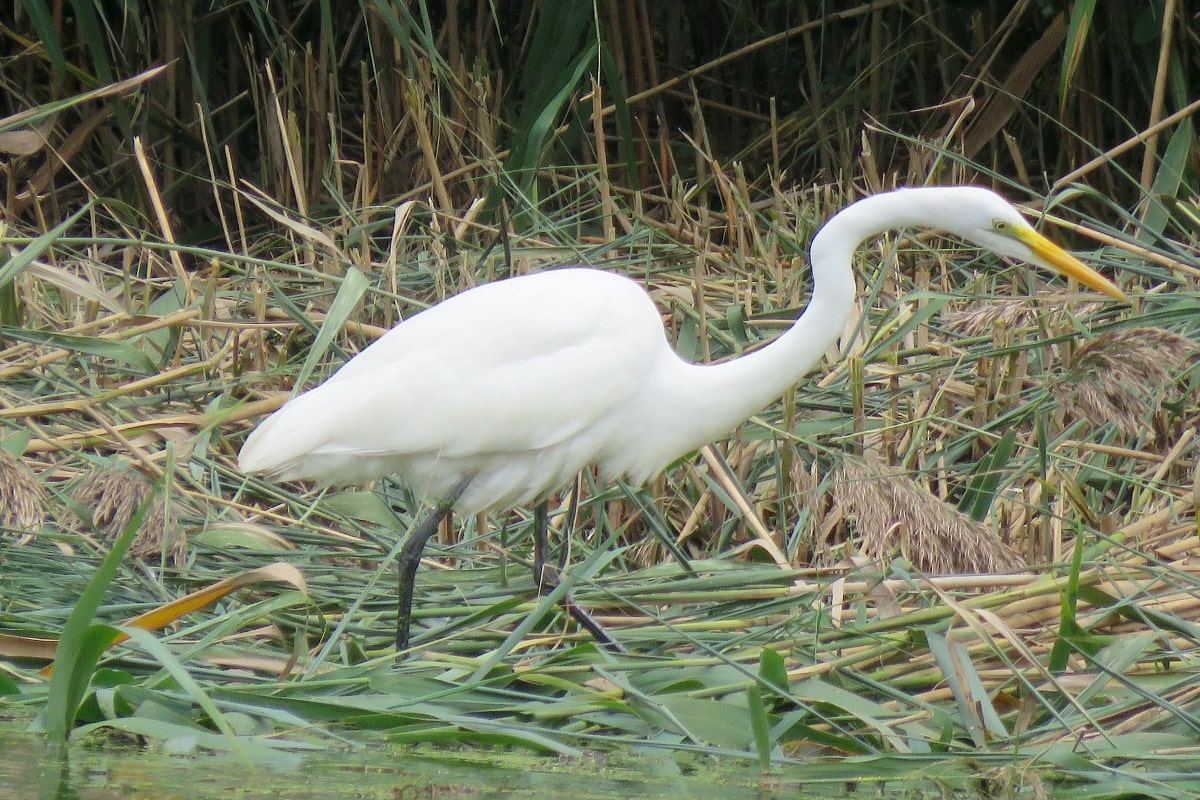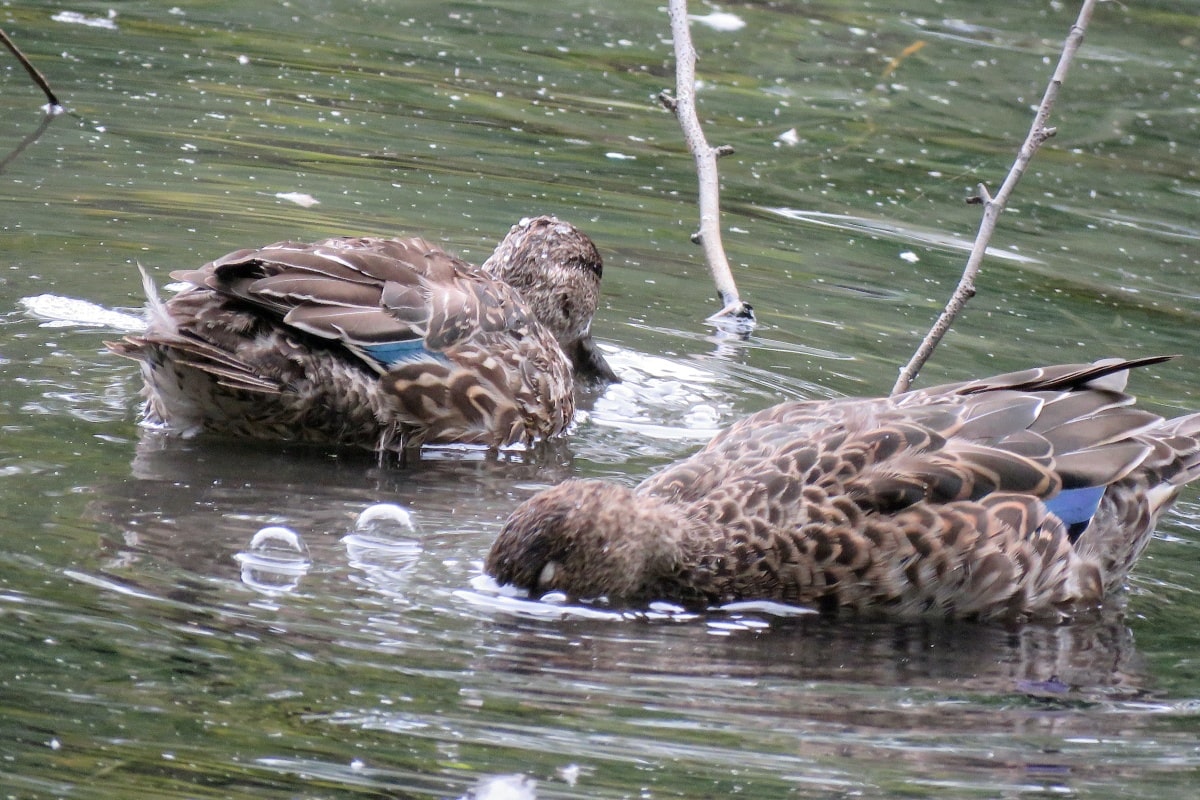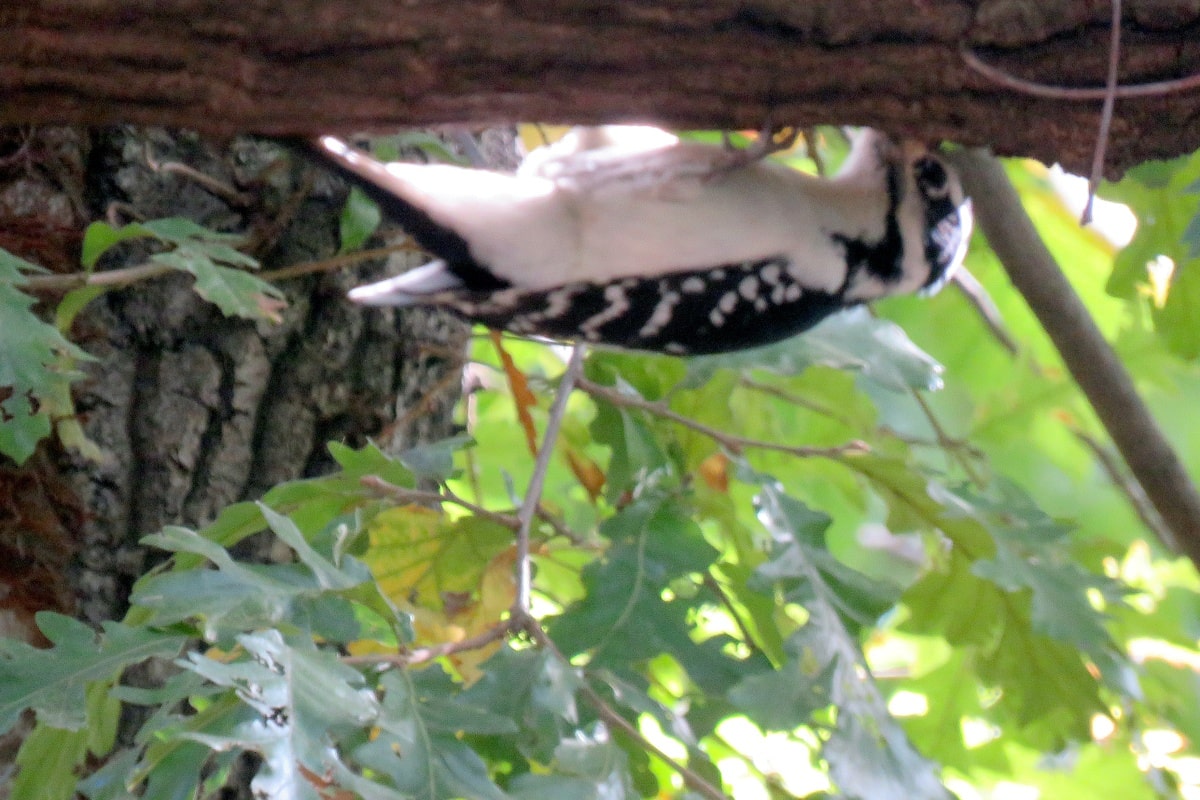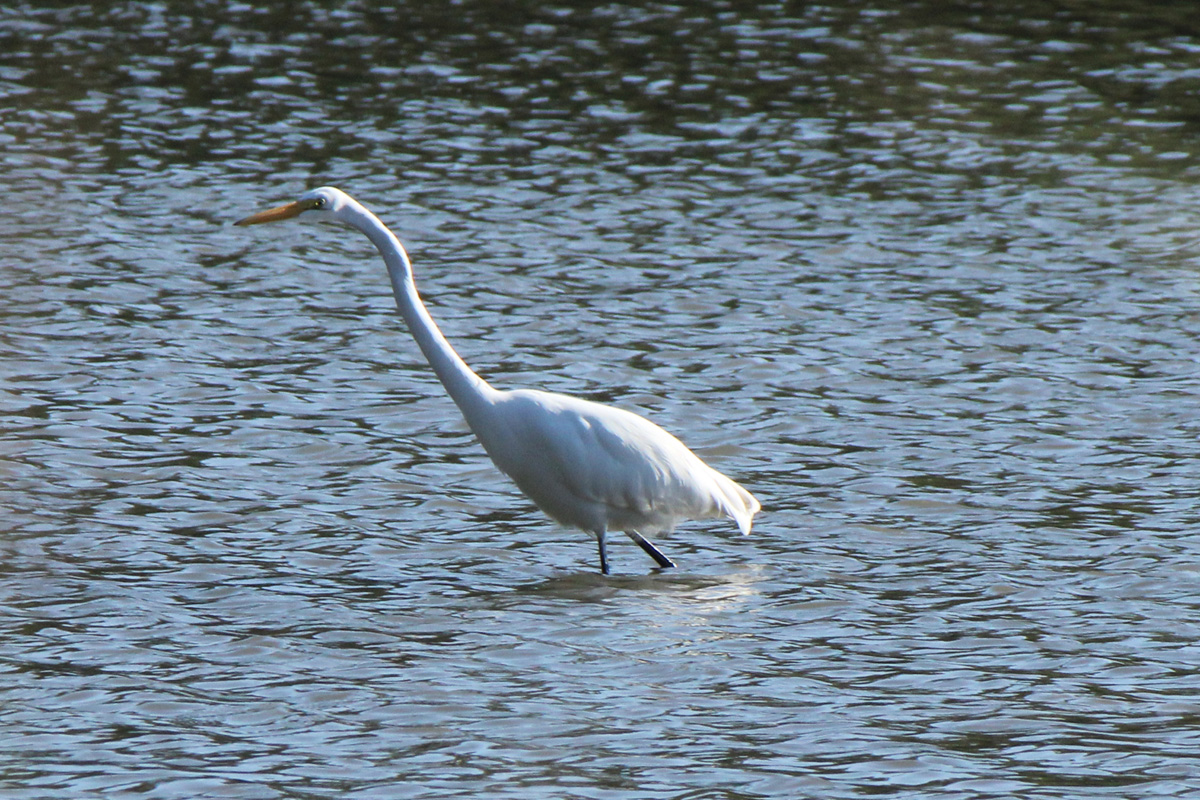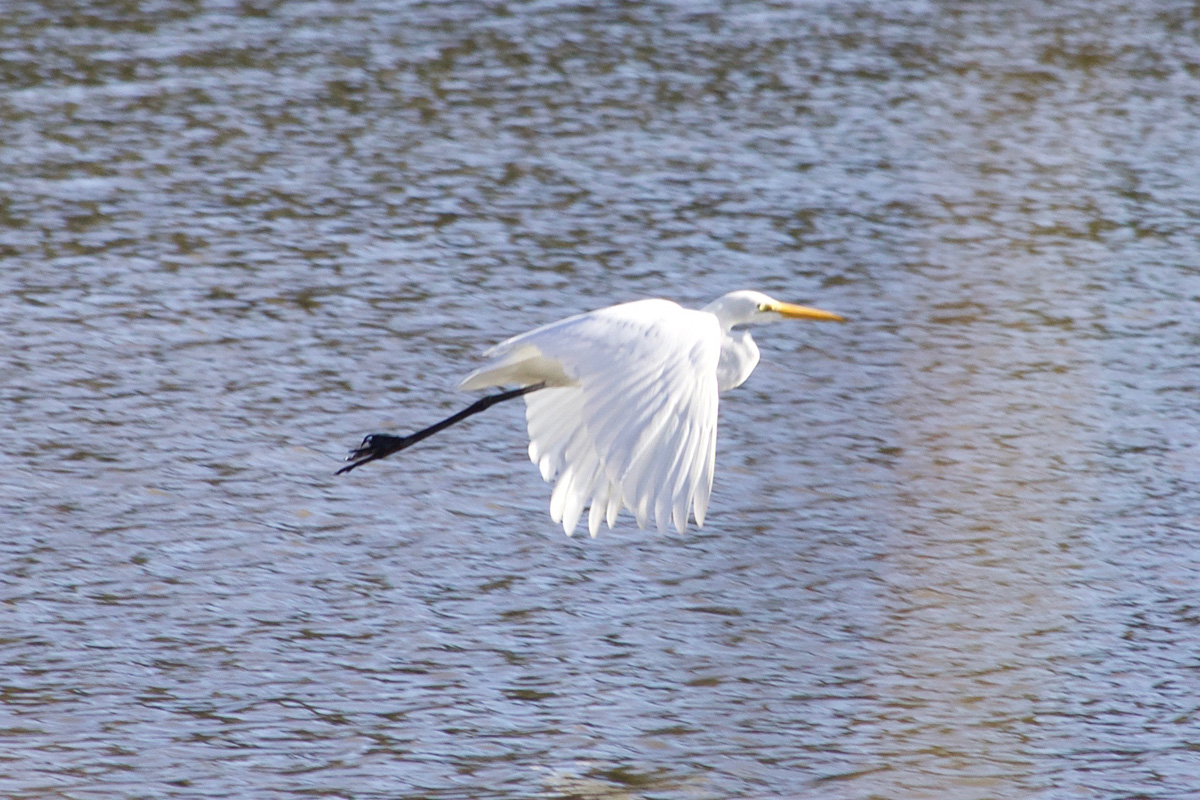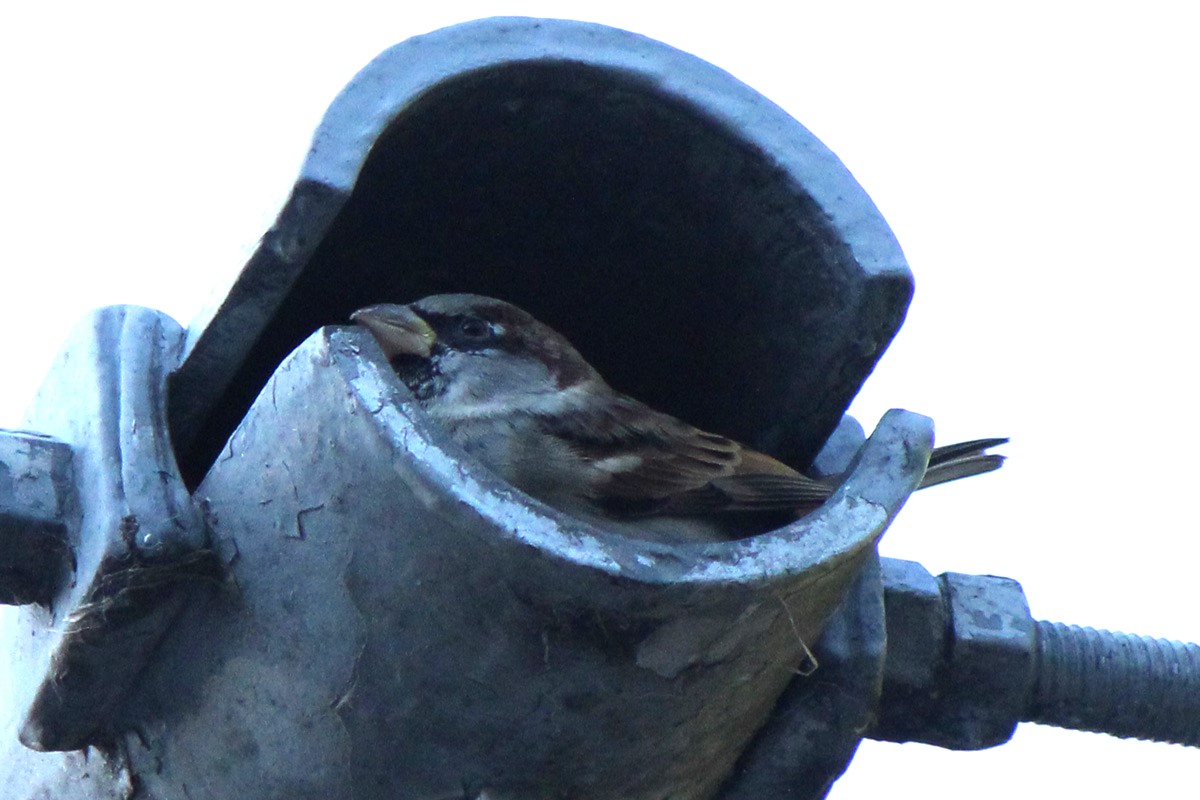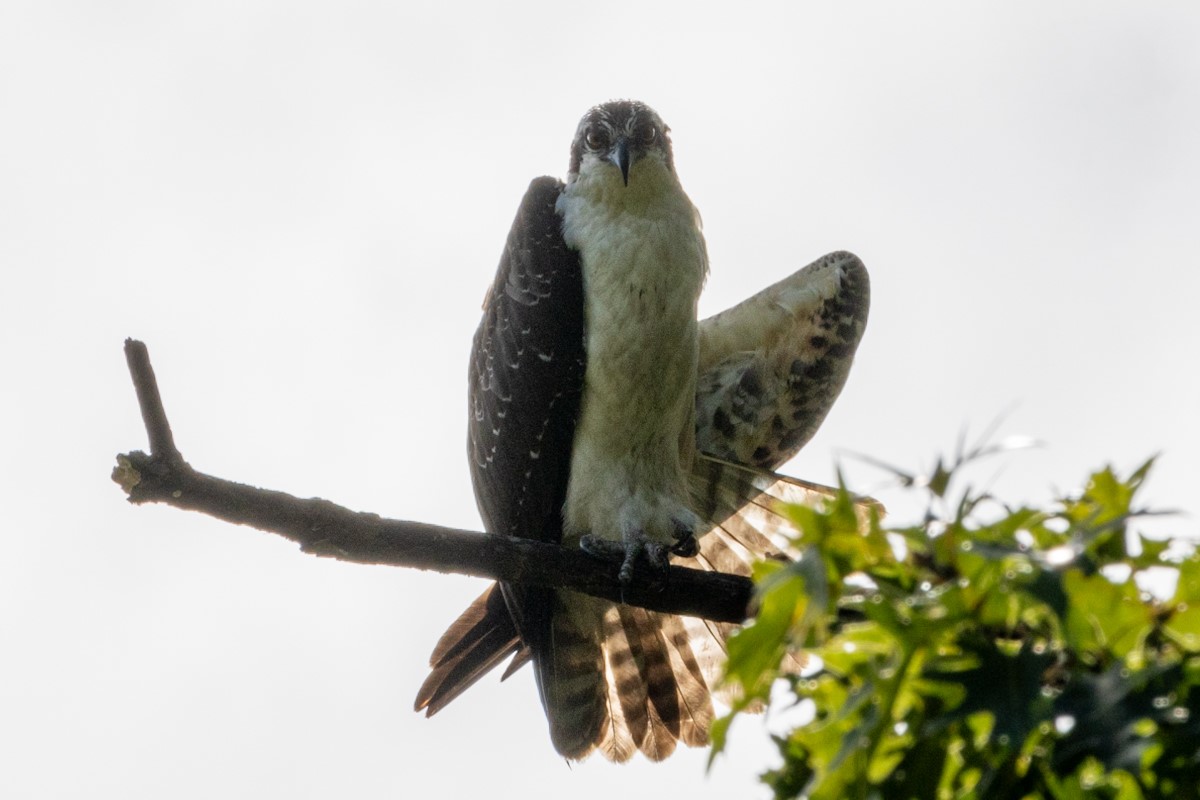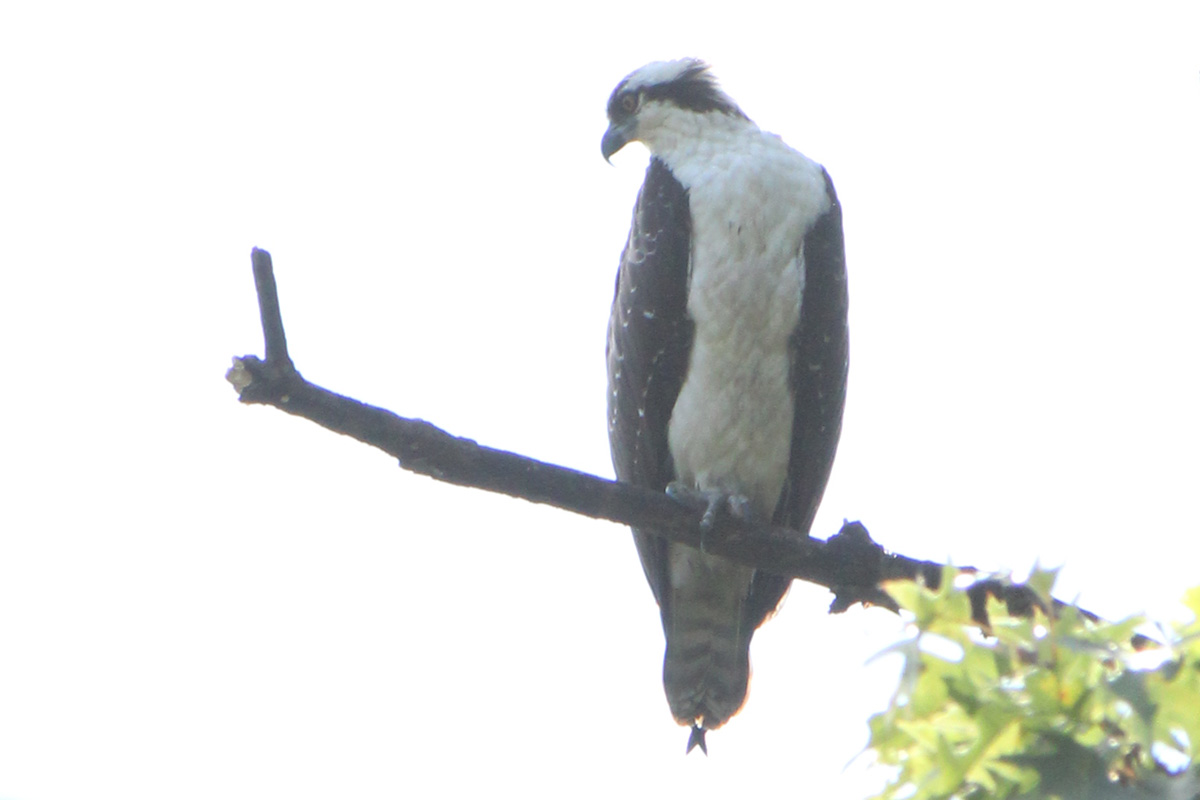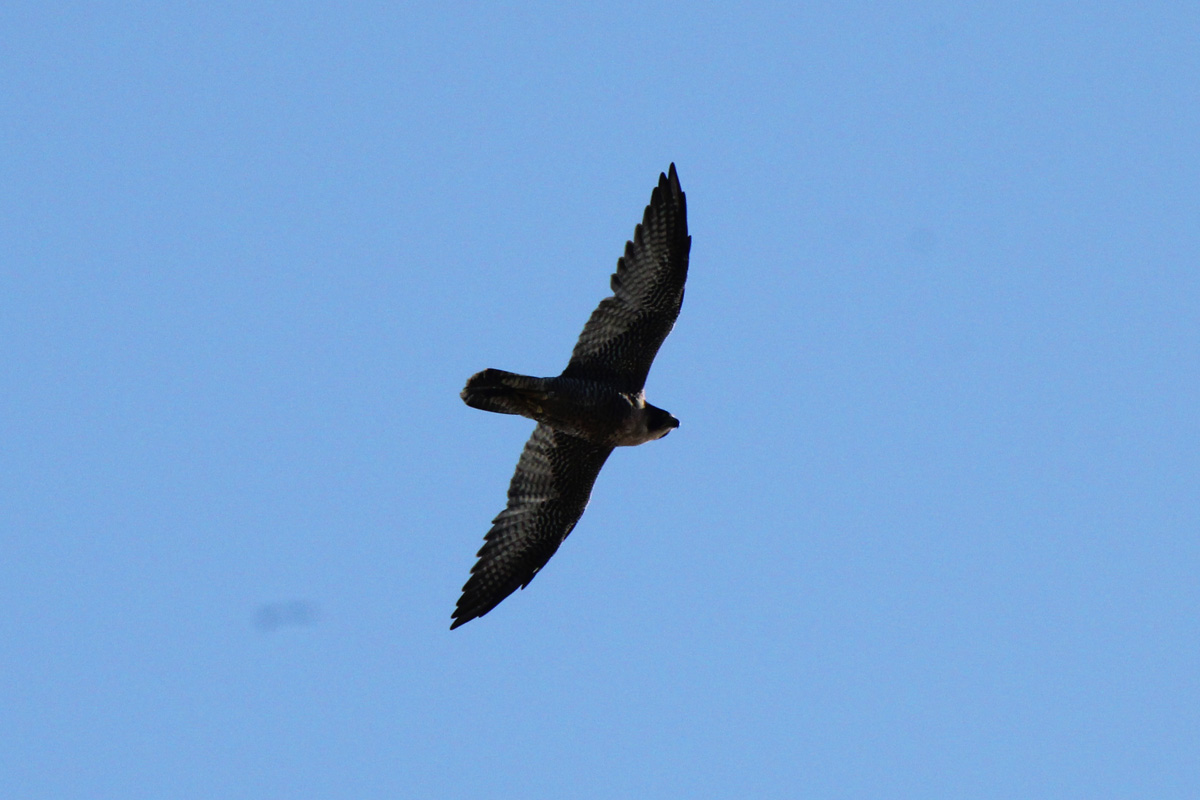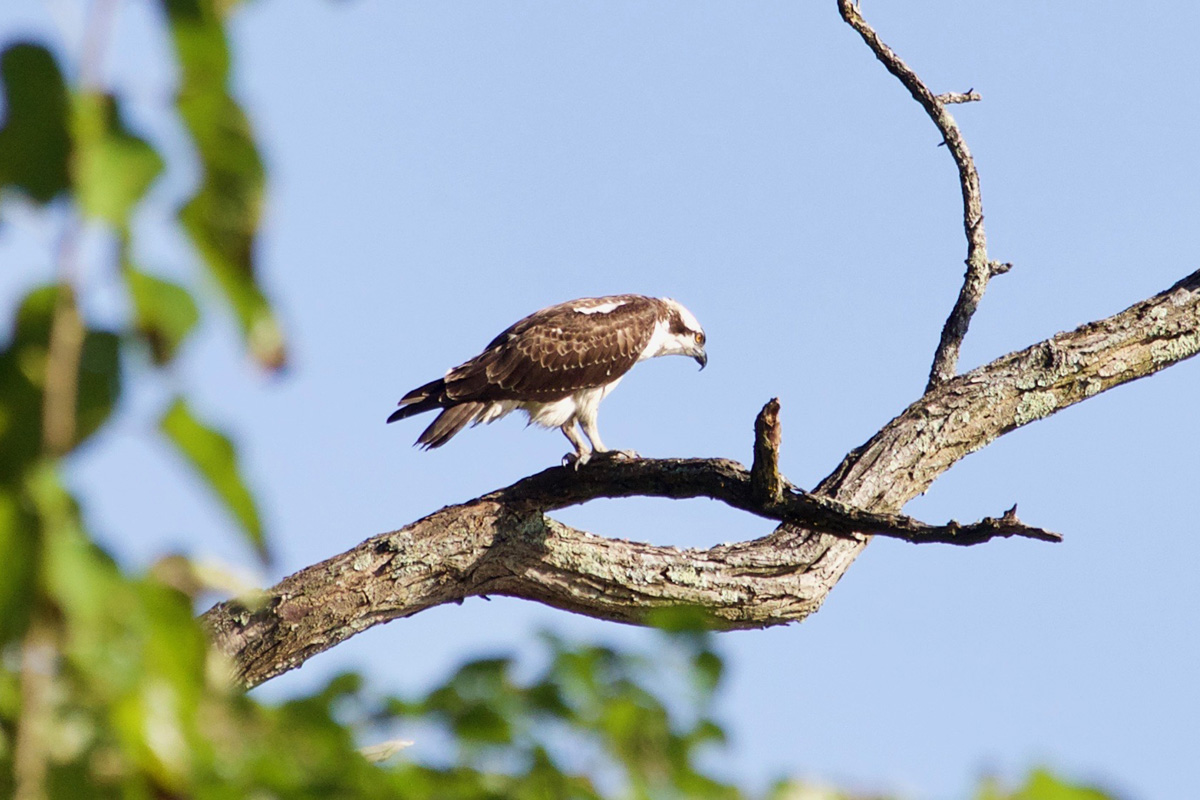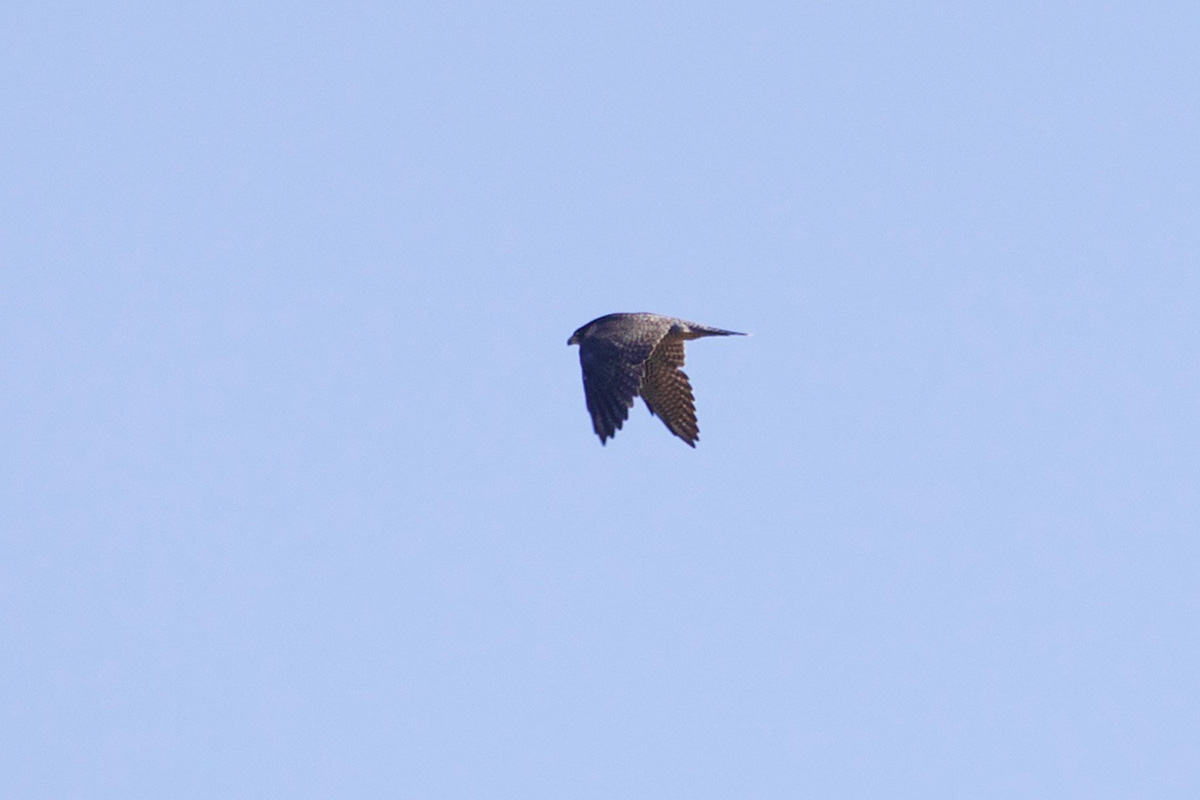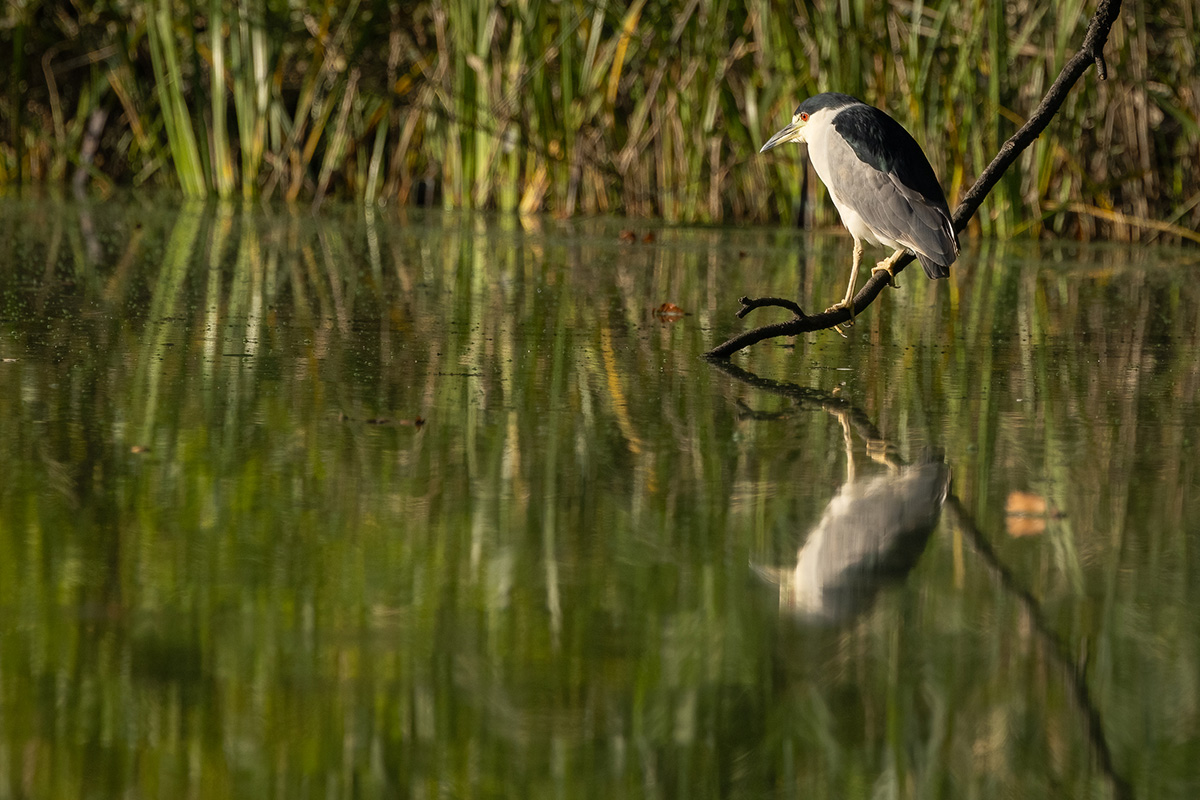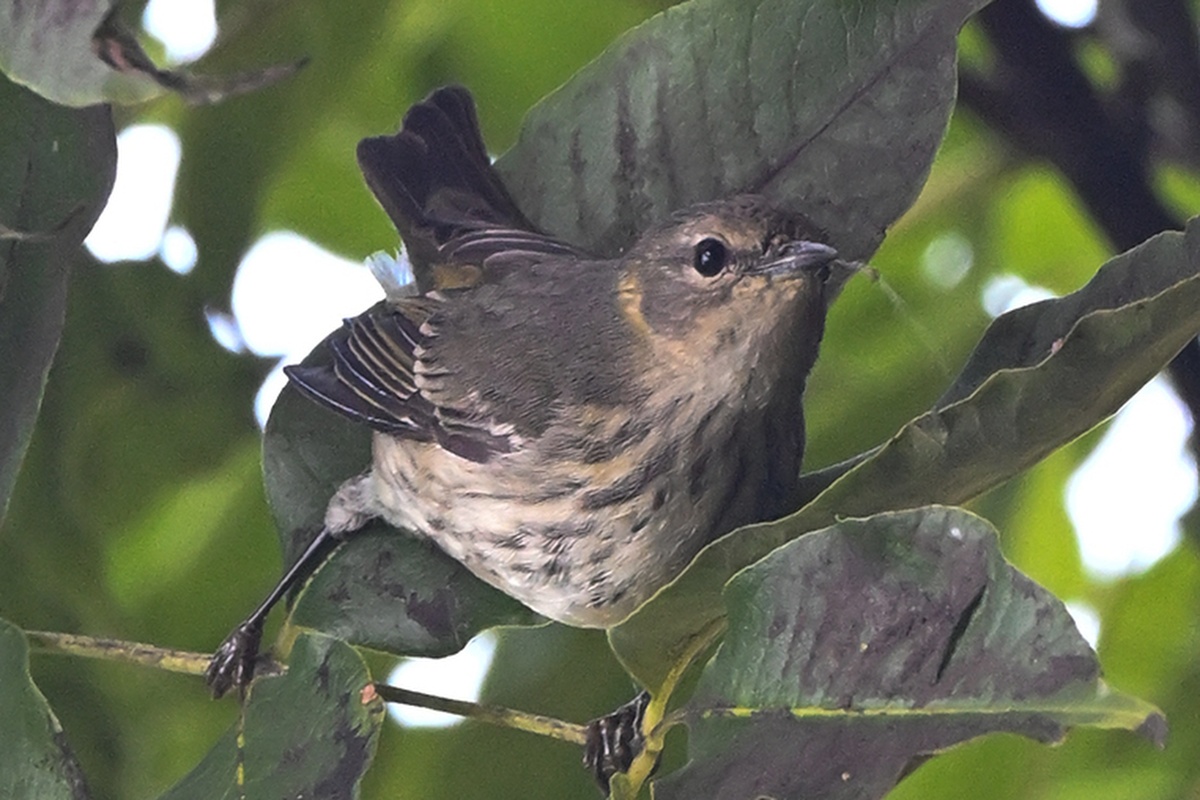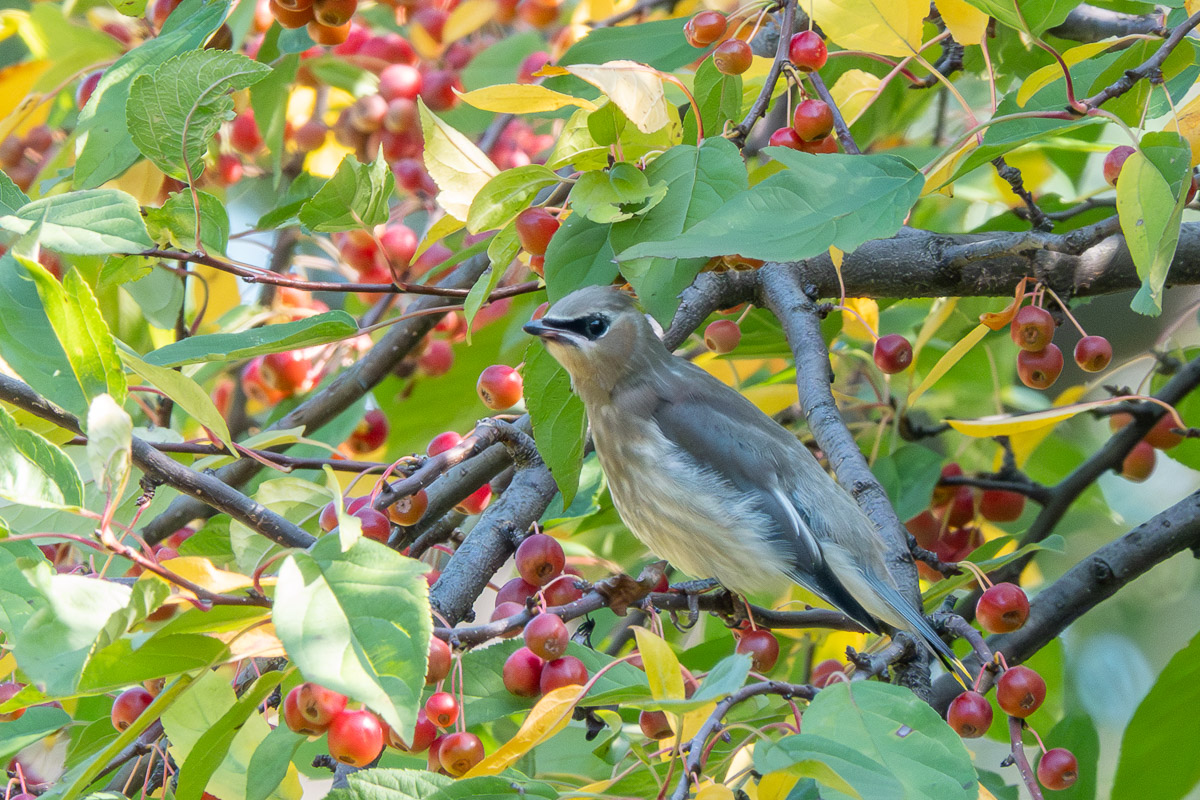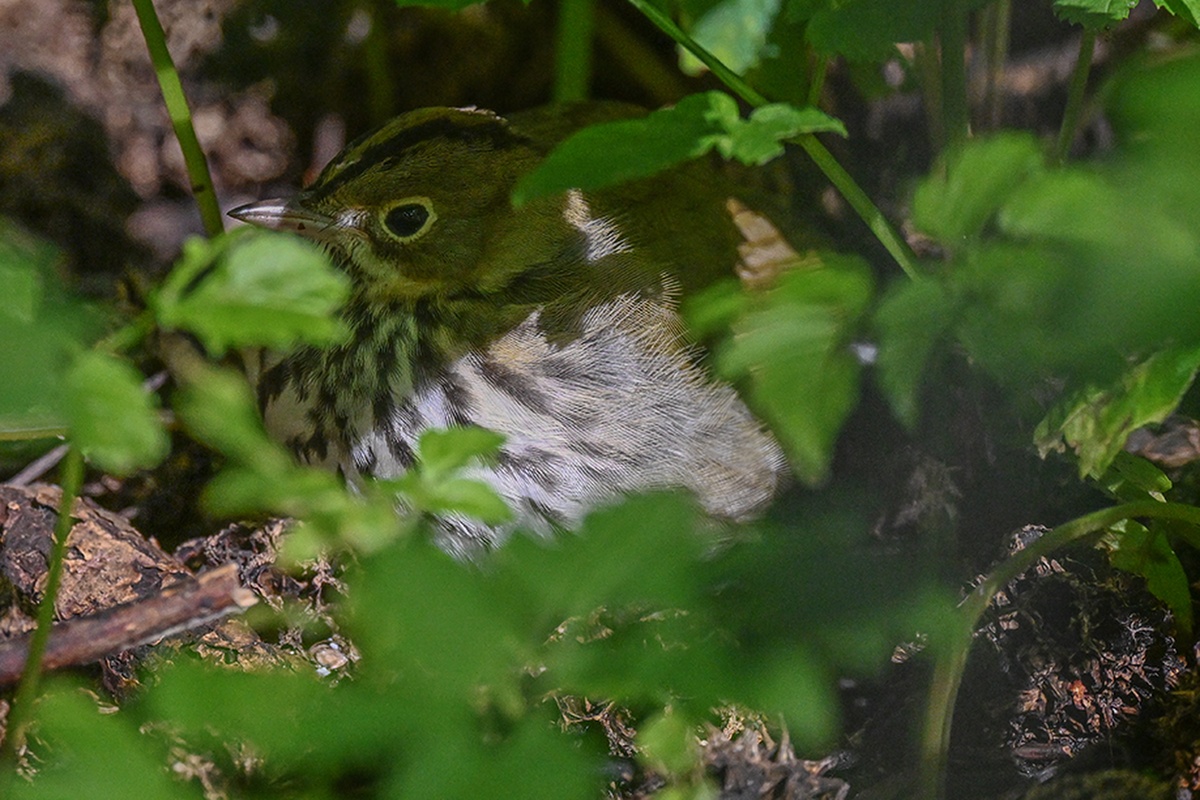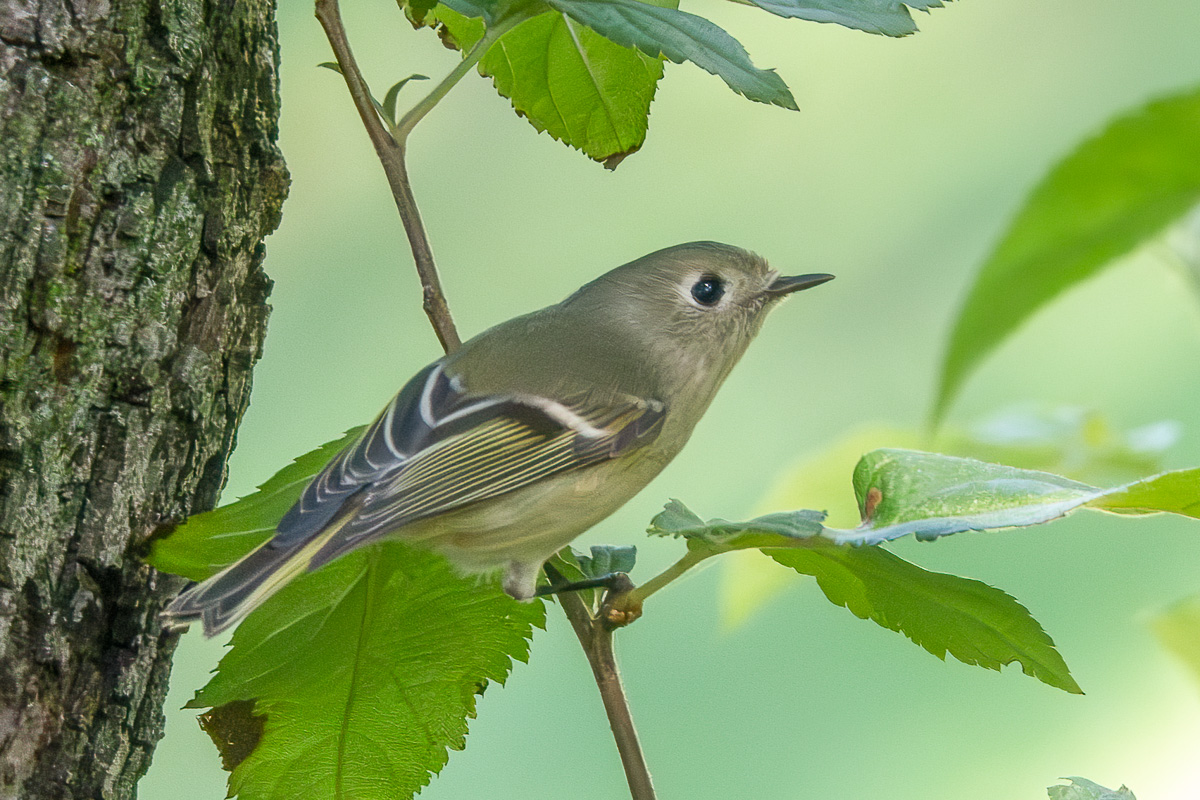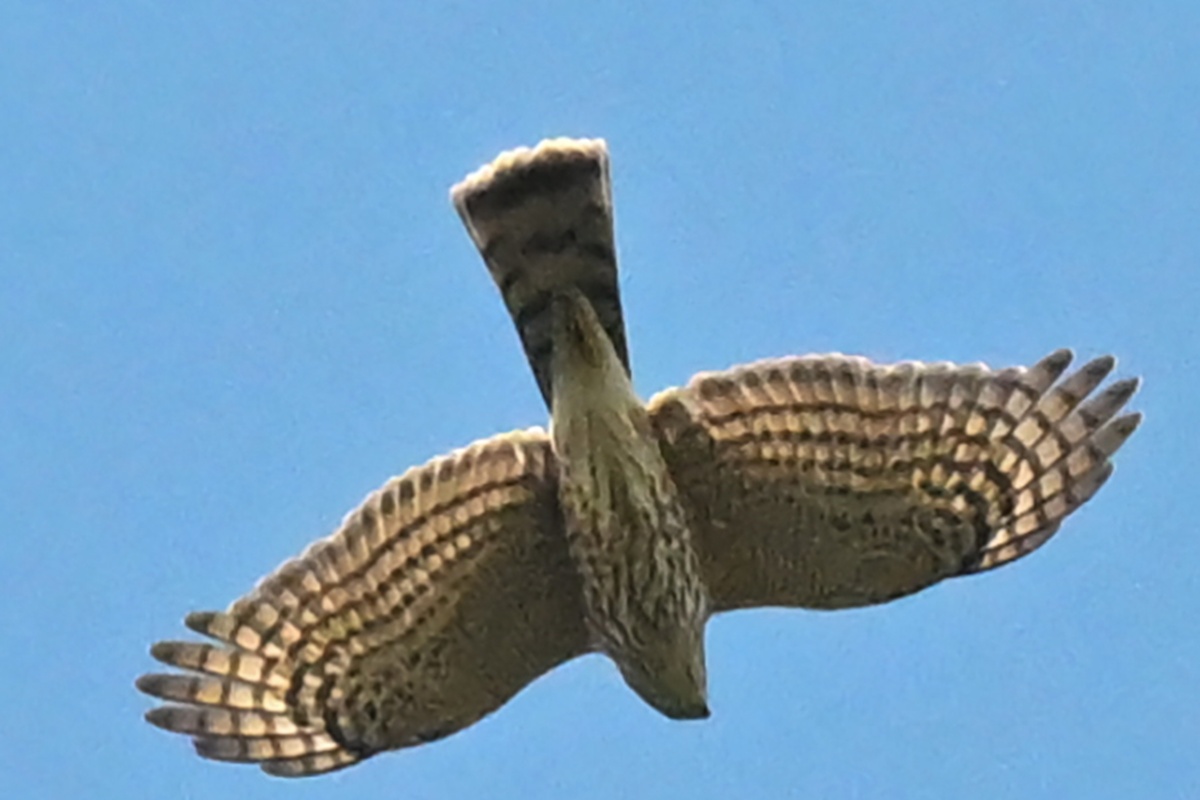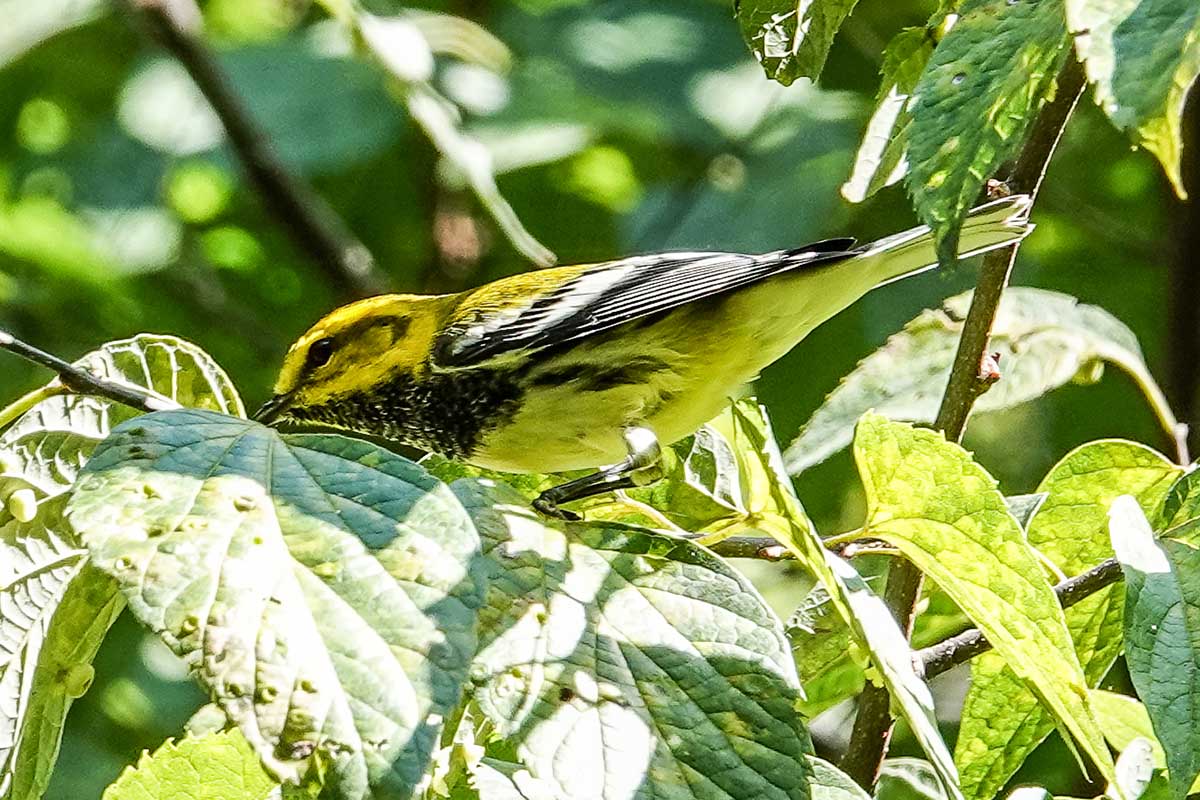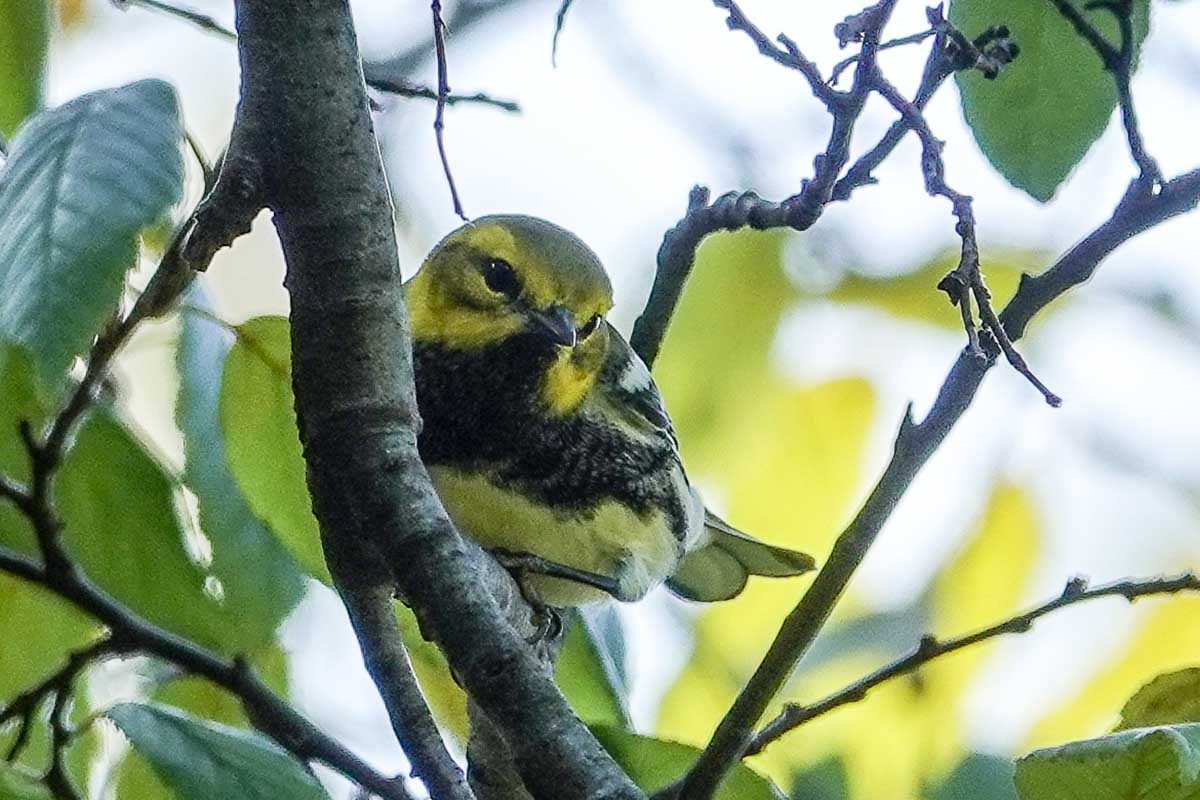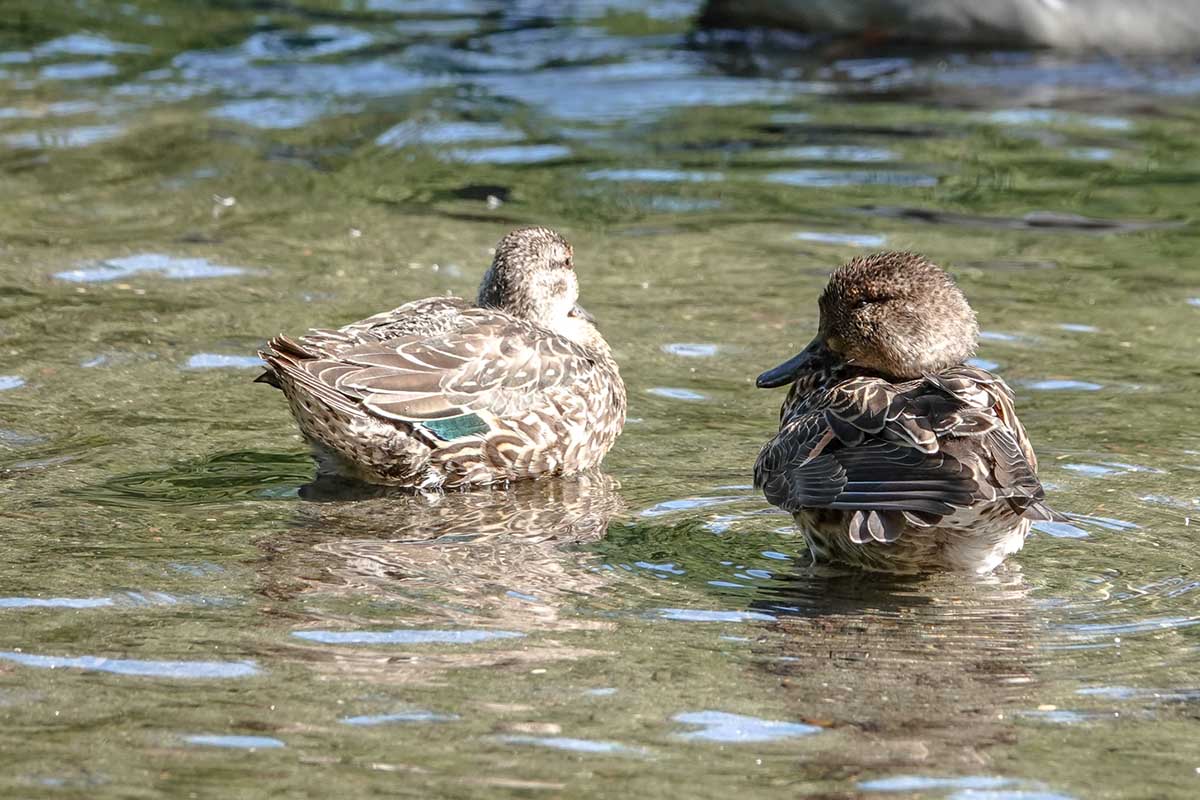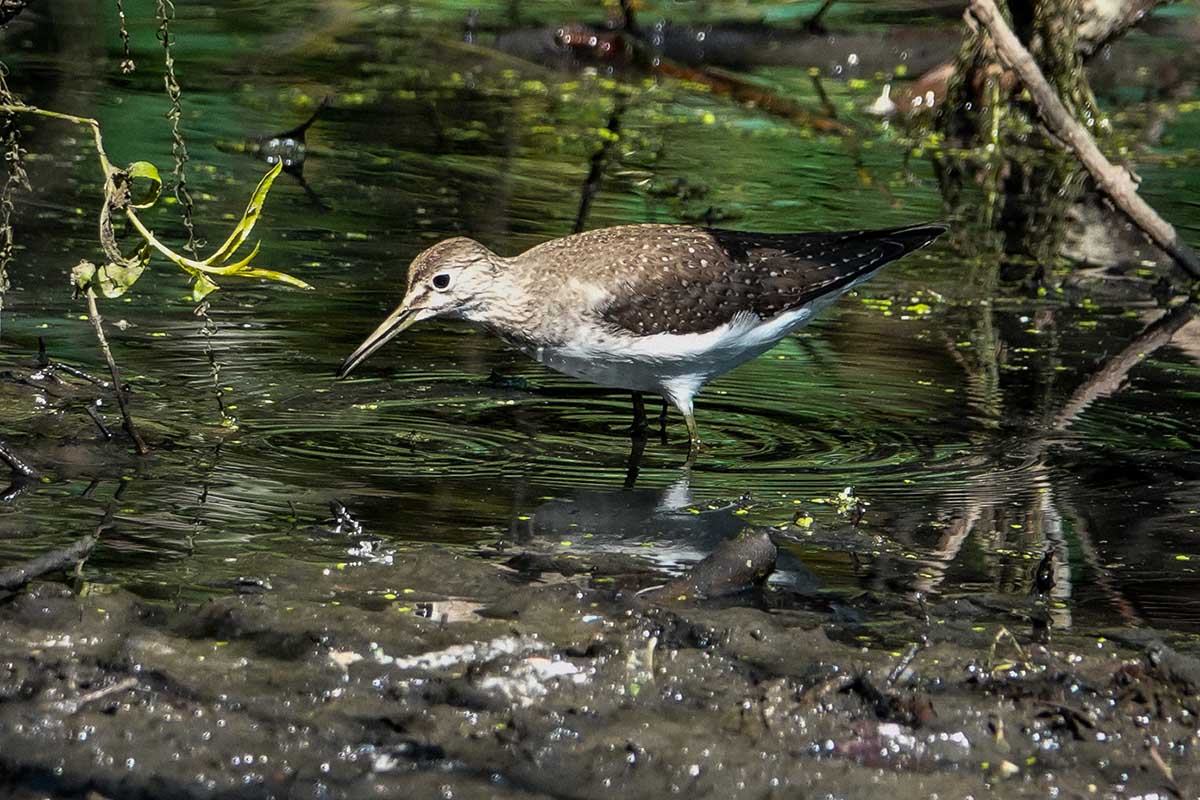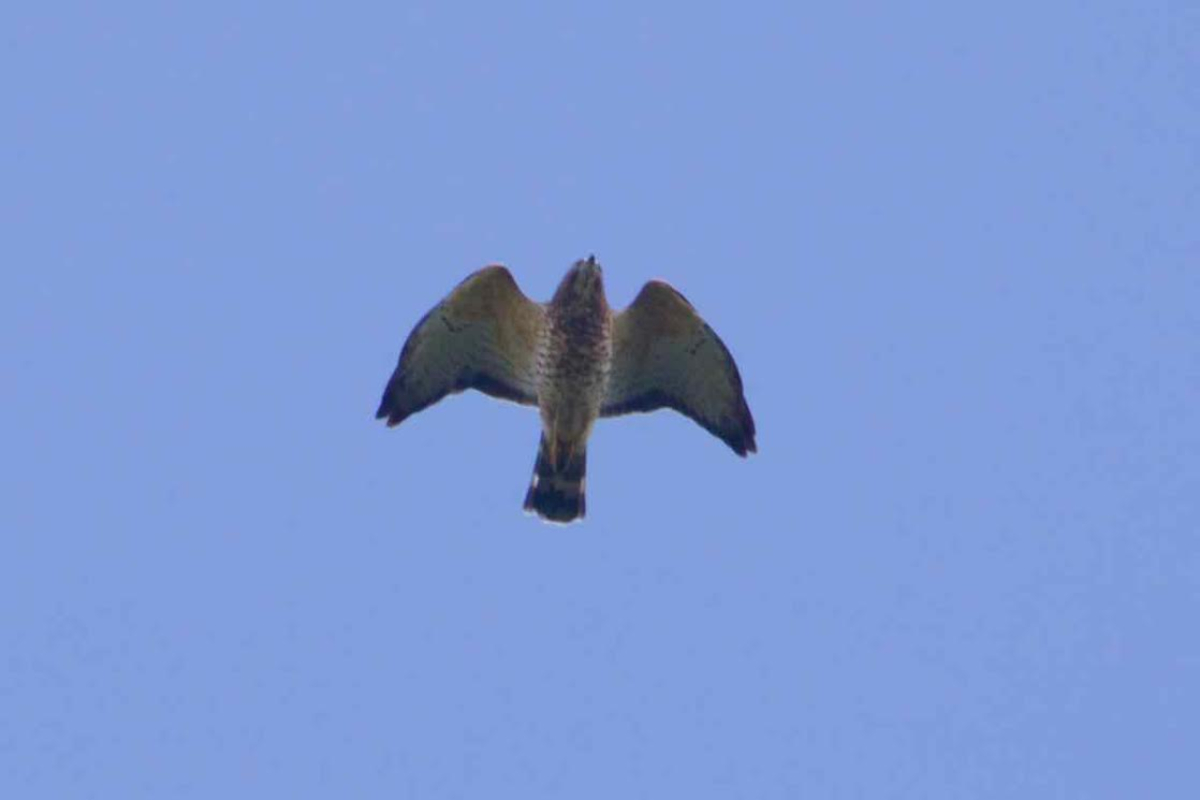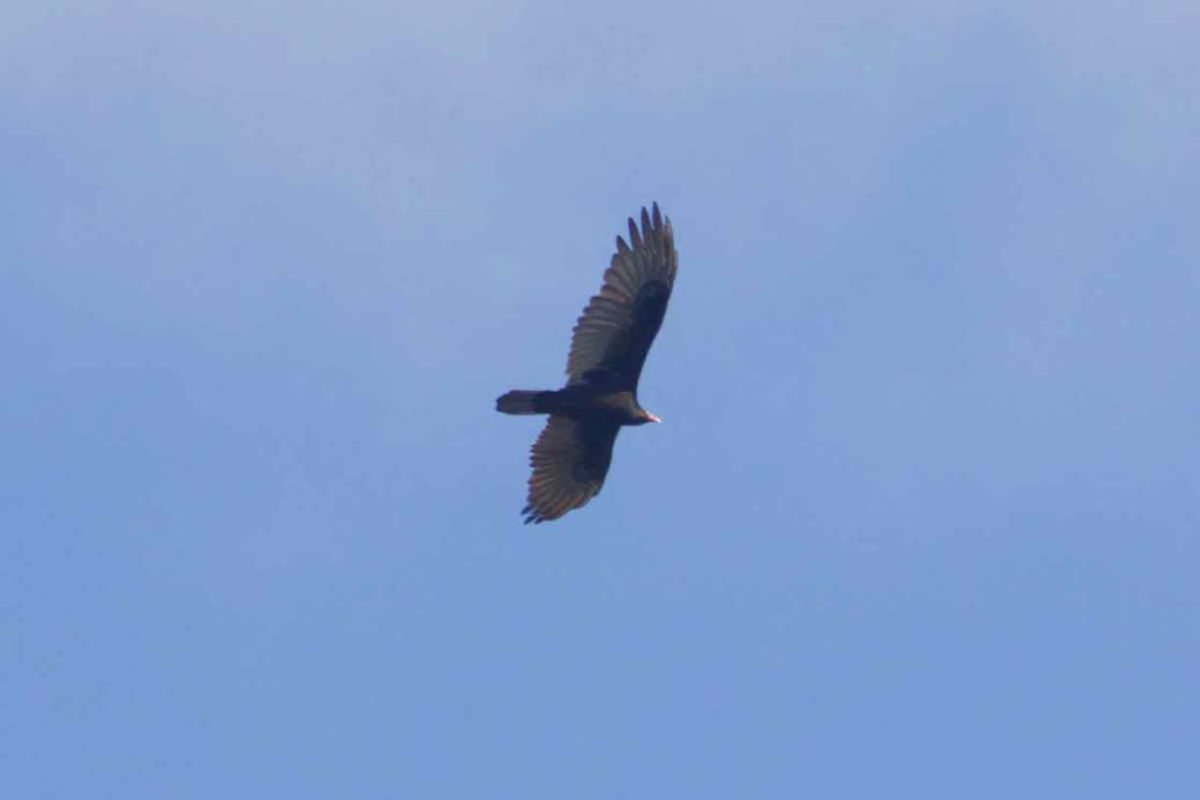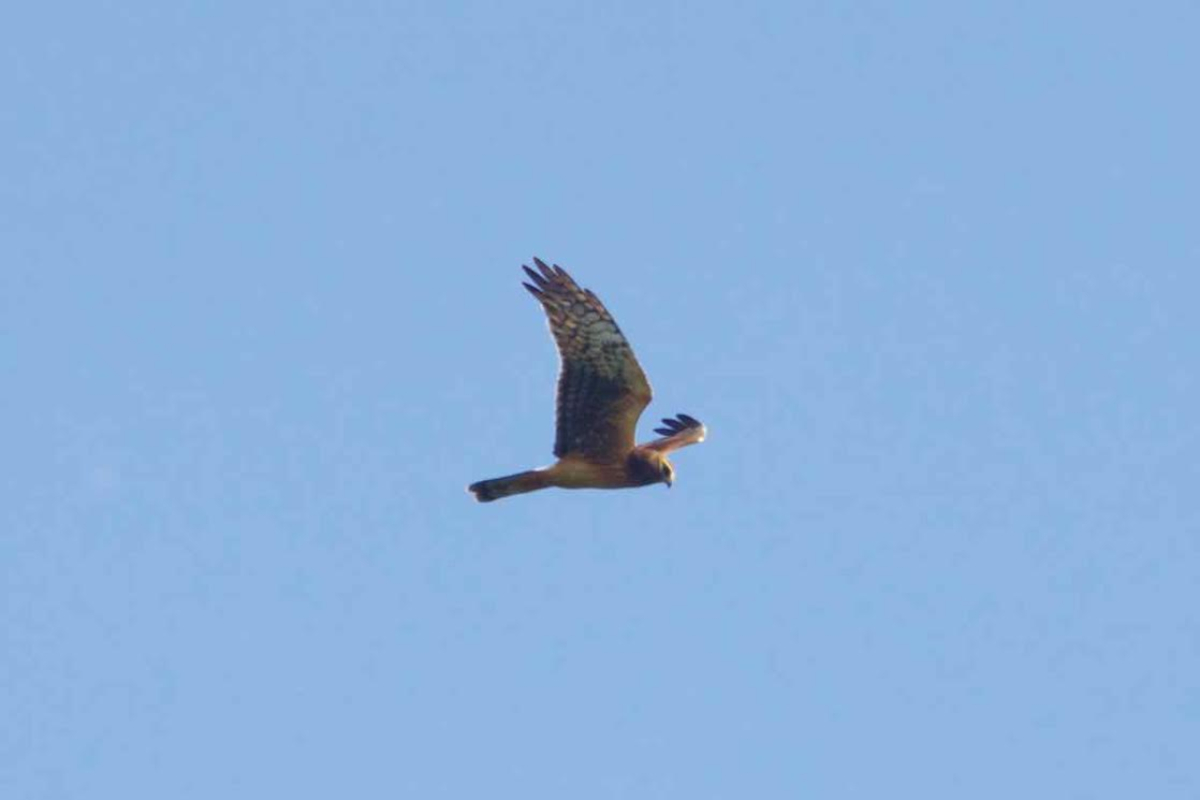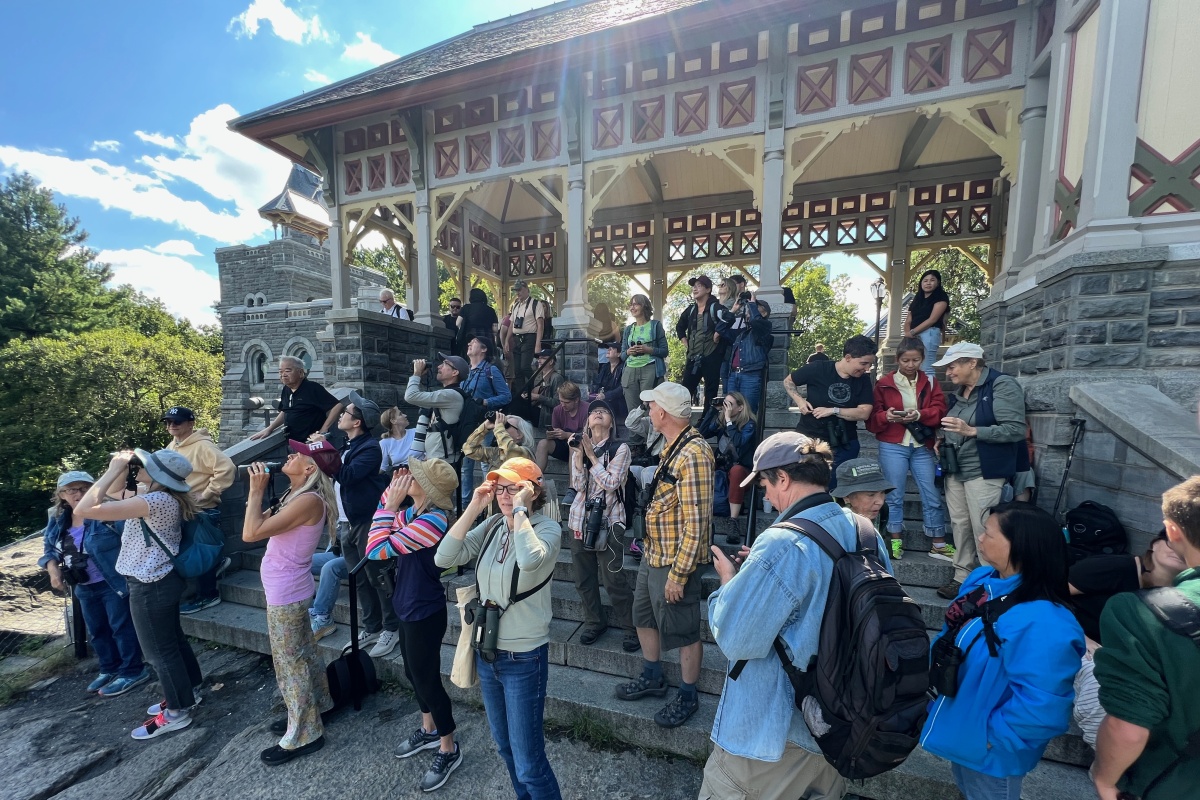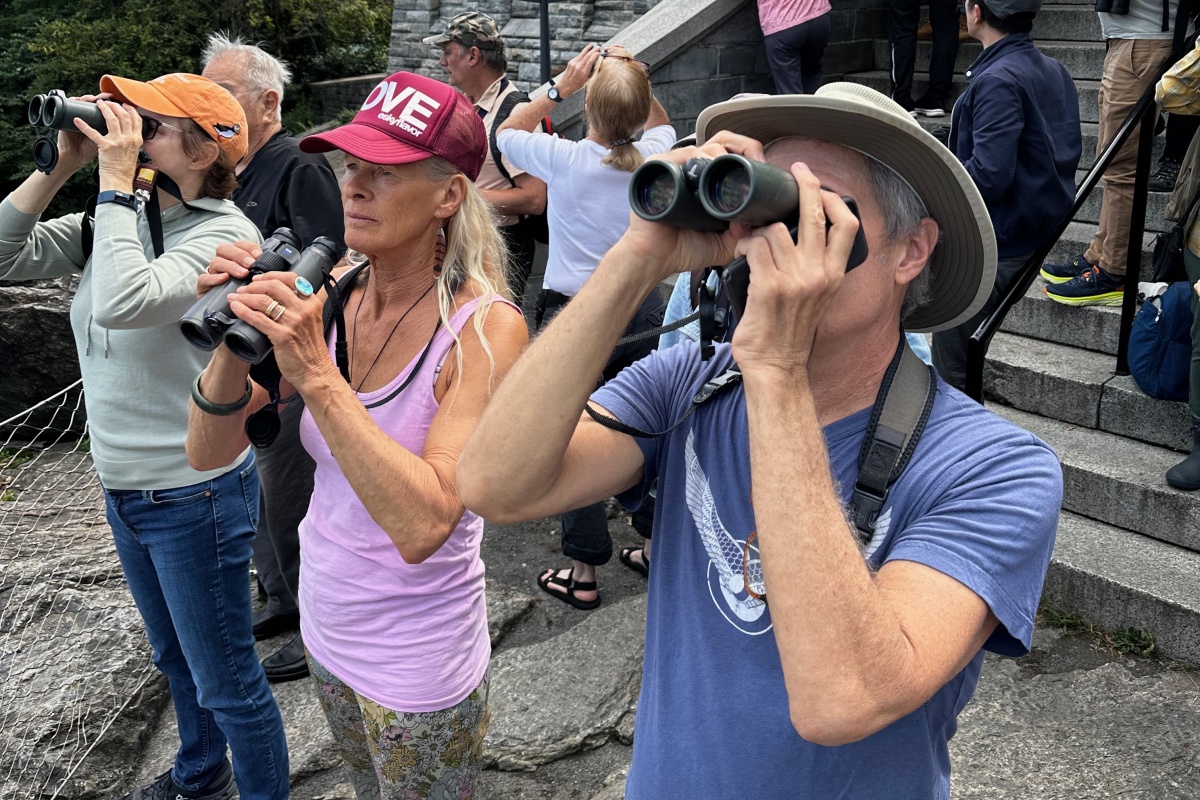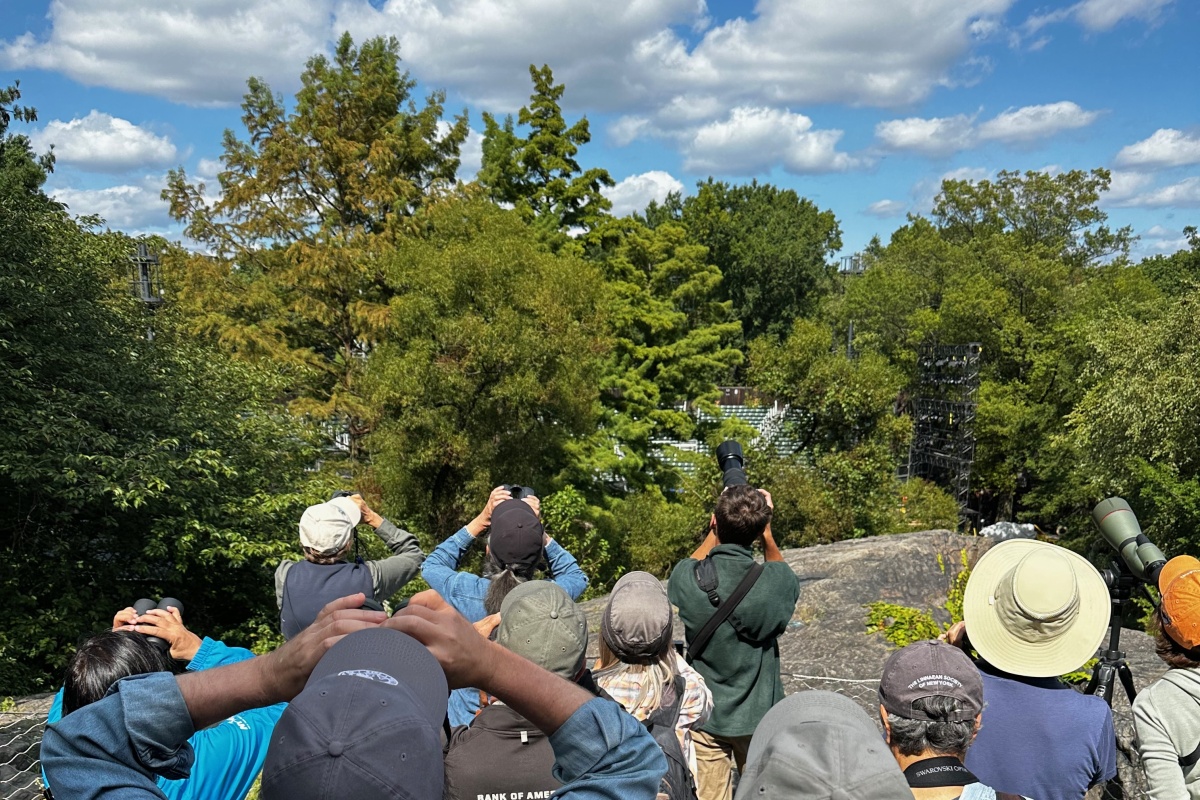Starr Saphir Memorial Fall Migration Walk, 10/8/2023
Registrar: Suzanne Zywicki
Participants: 5
Weather: 50 degrees, moderate wind
Bird Species: 46
A group of five birders set out to explore the north end of Central Park following a route similar to one the late Starr Saphir often used on her iconic walks. While we did not have a designated leader, we benefited from the talents of each birder, relying heavily on the knowledge of the two participants who knew and birded with Starr. Over the course of five hours we were treated to good views of Gadwalls, a pair of Green-winged Teals, several Scarlet Tanagers, seven species of warbler, and numerous other birds. We also spent time puzzling over the correct identification of a young hawk perched at the Loch—Cooper’s or Sharp-shinned—and concluded it was a Cooper’s, only to have our eBird liaison determine that Sharp-Shinned was a better fit given the photo we submitted.
Species Lists
Birds
Canada Goose
Northern Shoveler
Gadwall
Mallard
Green-winged Teal
Mourning Dove
Chimney Swift
Ring-billed Gull
Herring Gull
Double-crested Cormorant
Great Egret
Sharp-shinned Hawk
Red-tailed Hawk
Yellow-bellied Sapsucker
Red-bellied Woodpecker
Hairy Woodpecker
Northern Flicker
Eastern Phoebe
Blue-headed Vireo
Red-eyed Vireo
Blue Jay
American Crow
Ruby-crowned Kinglet
Golden-crowned Kinglet
European Starling
Gray Catbird
Brown Thrasher
Hermit Thrush
American Robin
House Sparrow
House Finch
Dark-eyed Junco
White-throated Sparrow
Song Sparrow
Eastern Towhee
Common Grackle
Northern Waterthrush
Black-and-white Warbler
Common Yellowthroat
American Redstart
Magnolia Warbler
Blackpoll Warbler
Pine Warbler
Scarlet Tanager
Northern Cardinal
Rose-breasted Grosbeak
